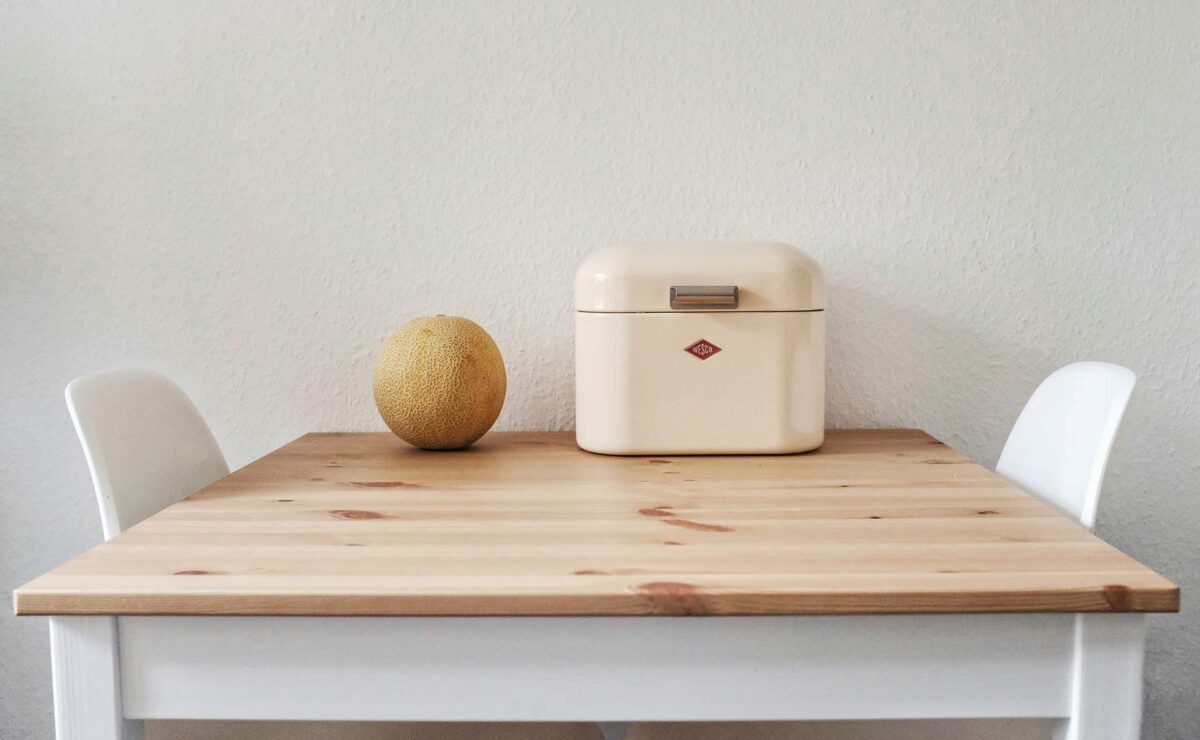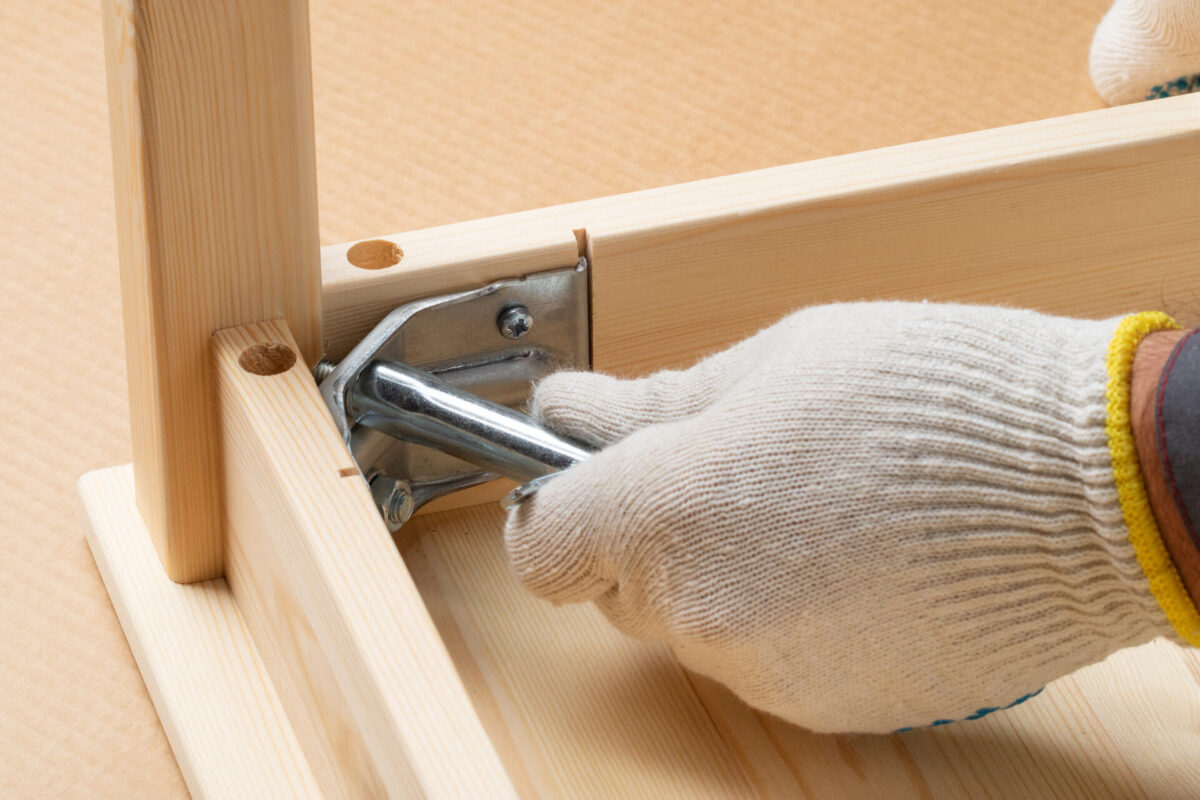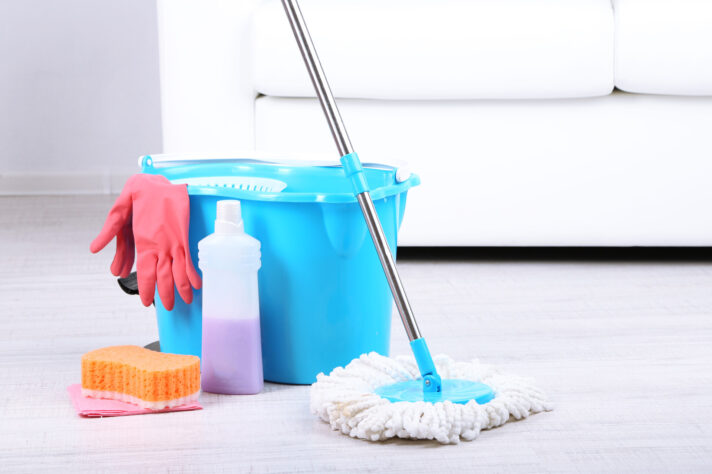When relocating furniture, learning how to protect a wood table from scratches is crucial to preserving its beauty and integrity. The wrapping process comes with numerous risks, from accidental drops to friction damage. This blog post will offer practical tips and strategies to ensure your piece of furniture remains pristine, focusing on materials and techniques specifically designed for safeguarding against scratches and other potential harm during relocation.
Stick around to find out how to protect a dining room table from scratches How to Protect a Wood Table From Scratches?
To protect a wood table from scratches, start by cleaning the surface to remove any debris. Apply a layer of furniture polish or wax to create a protective barrier. When moving cross-country, wrap the table in thick blankets or bubble wrap, securing the material with tape that doesn’t touch the wood directly. After relocation to a new state, check for rough spots or splinters and sand them down gently if necessary. By taking these steps, you can ensure your wood table looks pristine when it reaches your new home.
It’s Important to Understand the Risks of Cross-Country Moves
Relocations to new cities require careful consideration. The risks involved range from physical damage during transport in relocation trucks to the effects of environmental changes. Large pieces such as dining tables, being bulky and often delicate, are particularly susceptible to these risks. Understanding how to protect a wooden dining table is crucial for planning an efficient relocation and ensuring your items arrive in the same condition as they left.
What Are the Most Common Transportation Challenges for Long-Distance Movers?
The most common challenges in long-distance transportation include vibration damage, exposure to varying weather conditions, and the risks associated with handling and loading. These factors can lead to scratches, dents, or more severe structural damage to your belongings, particularly to pieces made of sensitive materials like wood.
Wood is sensitive to temperature and humidity changes, which can cause warping, cracking, or swelling. Additionally, the risk of scratches or breakage during handling is higher due to the item’s bulkiness and weight.
We Can’t Overlook the Impact of Climate and Weather
The impact of climate and weather on wooden furniture during a relocation to a new state is significant. Extreme temperatures and humidity levels can alter the item’s physical properties, leading to damage. Packing efficiently and protecting wooden tables from these elements is crucial for maintaining their condition.
Exposure to excessive moisture can lead to swelling or mold, while dry conditions can cause cracking or splitting. A common relocation tip is to use protective coverings and choose climate-controlled transportation options to mitigate these risks.
Take care of your table when relocating - wooden items are susceptible to damage How to Prepare Wood Furniture for Relocation?
Preparing for relocation is a critical process to ensure the safety of your wooden pieces throughout the shipping process. This includes thorough cleaning, detailed inspection, careful disassembly (if necessary), and implementing secure packing strategies. Each of these steps requires careful attention to maintain the integrity of your belongings during transportation.
Start With Proper Cleaning and Inspection
The first step in preparing is to clean wooden furniture and inspect each piece. Start by dusting the furniture with a soft, dry cloth, then clean it with a mild wood cleaner, applying and removing it gently to avoid damaging the finish.
Ensure all screws and knobs are tight and identify any fragile areas, such as glass panels or delicate carvings. Inspect the piece for pre-existing damage, loose parts, or areas needing extra protection during shipping. Make a note of any scratches or damage for future reference – it’s wise to document the condition for insurance purposes.
Disassemble the Table for Easier Packing and Shipping
Disassembling tables and other large items can facilitate easier transportation. For tables, remove legs, leaves, or extensions and store all hardware in labeled bags. If there are glass components, remove and pack them separately with protective cushioning such as bubble wrap or packaging paper. Remember to keep track of how each piece fits together for easier reassembly.
Follow any available manual instructions for disassembly and label each part while taking photos for reference. Wrap legs and other parts in bubble wrap or moving blankets, securing them with packing tape without placing the tape directly on the wood. If you’re not sure you can disassemble properly, book a cross-country moving service that includes furniture disassembly – we offer that at Cross Country Moving Company.
The wooden furniture market size is expected to grow to $144.4 billion by 2028
Utilize the Right Packaging Materials and Techniques
Proper packing is crucial for preventing damage to your wooden items during shipping. Use moving blankets, bubble wrap, and sturdy boxes for smaller pieces, ensuring thorough wrapping, especially around corners and delicate areas. For larger pieces, blankets secured with stretch film are ideal. It’s also wise to use corner protectors to keep your belongings safe – these will also protect the floors and walls of your home.
If possible, opt for climate-controlled transportation to protect against extreme temperatures and humidity. Don’t forget to fill gaps in boxes with foam peanuts or crumpled packing paper, and label each box or piece with indicators like “This Side Up” to ensure careful handling.
Disassembly is the crucial aspect of pre-relocation preparations Choose the Right Moving Company to Protect Your Wood Table
When relocating, especially over long distances, choosing the right relocation company is crucial for the safe transport of your belongings, particularly sensitive items like a wooden table. The company you select should have a strong track record of safe handling and transporting. You don’t want them to treat the table as just another item but a delicate piece that requires special attention.
Choosing Cross-Country Movers – How to Research a Potential Company?
Researching and selecting a reputable company is a critical step in ensuring a successful cross-country relocation. There are so many things to pay attention to if you wish to avoid being a victim of a relocation scam. Here are some tips to help you hire reliable movers:
- Ensure the company is licensed for cross-country moves (check their US DOT number) and offers insurance for your items during transit.
- Look for customer feedback on independent review sites to gauge the company’s reliability and customer service quality.
- Inquire specifically about their experience in handling wooden furnishing.
- Get detailed quotes from multiple companies to compare services and costs.
- Be wary of very low quotes, as these might indicate hidden fees or lower service quality.
- Ensure they use materials and equipment suitable for protecting furnishing.
- If your relocation requires storage, check if the company offers climate-controlled storage facilities.
Communicating Special Requirements With Your Long-Distance Moving Company
Once you’ve selected a company, it’s important to communicate your specific needs for protecting your wooden pieces. Be clear about the value and fragility of your table. Discuss the packing materials and methods they will use.
It’s also beneficial to inquire about the transportation conditions, such as whether the furniture will be kept in a climate-controlled environment. Ensure all the details are included in your contract to avoid any misunderstandings on a relocation day.
Double-check all the details in your relocation contract before you sign it Tips for Unpacking and Settling in the New Home
Unpacking after relocation and settling into your new home can be as daunting as the relocation itself, especially when it comes to handling valuable items like wooden tables. It’s important to approach this process methodically. Start by prioritizing the unpacking of essential items, gradually moving to less critical pieces. Carefully unpack and place your wooden furnishing in its designated spots, and be careful to avoid any scratches or damage during handling.
Inspection and Post-Move Wood Furniture Care
Once your wooden pieces are in place, it’s crucial to conduct a thorough inspection to identify any potential damage that might have occurred during relocation. Look for scratches, dents, or changes in the wood that might have happened due to shifts in temperature or humidity. If you find any issues, address them promptly – inform your relocation company about the problem so you can collect an insurance claim.
Small scratches can often be treated with a wood marker or touch-up kit. For more significant damage, consider consulting a furniture repair specialist. After inspection, it’s advisable to give your wooden pieces gentle cleaning to remove any dust or grime accumulated during shipping, using a soft cloth and appropriate wood cleaner.
Contact Cross Country Moving Company for Expert Help When Relocating
When planning a long-distance relocation, enlisting the expertise of our team at Cross Country Moving Company can make all the difference. Specializing in handling the complexities of cross-country relocations, our company offers a range of cross-country moving services tailored to your specific needs, from packing assistance and loading to transportation and unloading.
With our knowledge and experience, we ensure the safe and efficient transport of your belongings, including delicate items like wood furniture. By choosing us among the numerous cross-country moving companies out there, you gain peace of mind. With us by your side, you can rest assured that every aspect of your move is managed with expert care, making it smoother and more stress-free. Contact us today and get a free estimate for our long-distance moving services.
What Are the Specific Risks to Wood Furniture During a Cross-Country Move?
Wooden furnishing faces several risks, including physical damage such as scratches, dents, or breakage, primarily due to rough handling or improper packing. Environmental factors like changes in temperature and humidity can cause wood to expand or contract, potentially leading to warping or cracking. Vibrations and jolts from transportation can loosen joints or damage delicate parts. Ensuring proper packing and handling is crucial to mitigate these risks.
How Should I Clean and Inspect My Wood Furniture Before a Long-Distance Move?
Before a long-distance relocation, clean your wooden pieces with a soft cloth and a gentle cleaner to remove dirt and dust. This prevents scratches during transit. After cleaning, inspect for any existing damage, loose components, or vulnerable areas. Tighten any loose screws or hardware to ensure stability
Is It Necessary to Disassemble Wood Furniture Before Packing It for a Cross-Country Journey?
Disassembling wooden furniture before a cross-country move is often advisable, especially for larger pieces. It makes the furniture easier to transport and reduces the risk of damage. Remove legs, drawers, and shelves, if possible, and pack them separately. However, if disassembly compromises the furniture’s integrity or if it’s an antique piece, it’s best to transport it as a whole with adequate protection.














